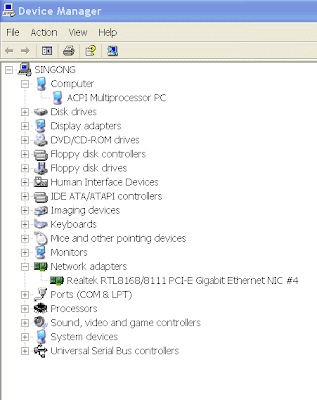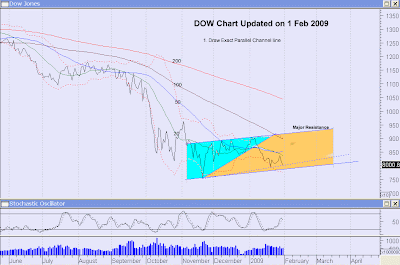Introduction
LCD Monitors are cheap and commonly available nowadays. The latest ones come with DVI-D as well as the normal VGA connections for each monitor. When connected to the DVI-D, some do not get any signal. This article will describe why.
What is DVI and VGA?
These are video interfacing system between the device and the video equipment. DVI stands for Digital Video Interface whereas VGA stands for Video Graphic Adaptor; the former is a newer system. VGA are mainly used in the CRT and earlier models of LCD monitor. One can find more information about DVI system in here.
Which System is Better?
Many said that there is no appreciable differences between the two when comparing them in a monitor that has DVI as well as VGA inputs; however, when one compares them between monitor to monitor, one might find the differences. If your monitor has DVI inputs, it would better to use these inputs.
Why No Signal in DVI Inputs?
The computer's graphic card must have the DVI output for one to display the pictures in digital mode. Rightly speaking, when one connect up the DVI cable, one should have signal. There may be time that we test the LCD first with VGA cable and the computer installed the VGA drivers and when the LCD is re-connected to the DVI output and started up with the VGA cable disconnected, the LCD monitor cannot get the correct signal.
What to do Next?
Either reconnect the VGA cable or have both VGA and DVI cables connected to the LCD monitor before starting up the computer; thereafter,
- Enter Device Manager by clicking Start button, then select run, in the dropdown box, enter "devmgmt.msc" (without quotes) and click ok.
- In the Monitors folder, one should find some monitor drivers and a driver called "Plug and Play Monitor". Remove all the monitor drivers, left except the "Plug and Play Monitor". One can easily remove the drivers by right clicking and then either disable or uninstall the drivers.
- Switch off the monitor and computer. Remove the VGA cable and install or left the DVI cable attached to the monitor.
- Re-start the computer, one should boot up with signal
- Install the DVI software as provided by the manufacturer. Check the Display property to ensure that the DVI software is properly installed.
Cannot find "Plug and Play Monitor"
Install the "Plug and Play" driver first before shutting down and re-starting the computer. This can be done by
- doubleclicking the VGA driver and in the "Driver" tab,
- select "Update Driver" and then
- select "No, no this time", click next
- select "install from a list or specific location", click next
- select "Don't search, I will choose the driver to install" click next
- finally, select "Plug and Play monitor" and click next to install .

























